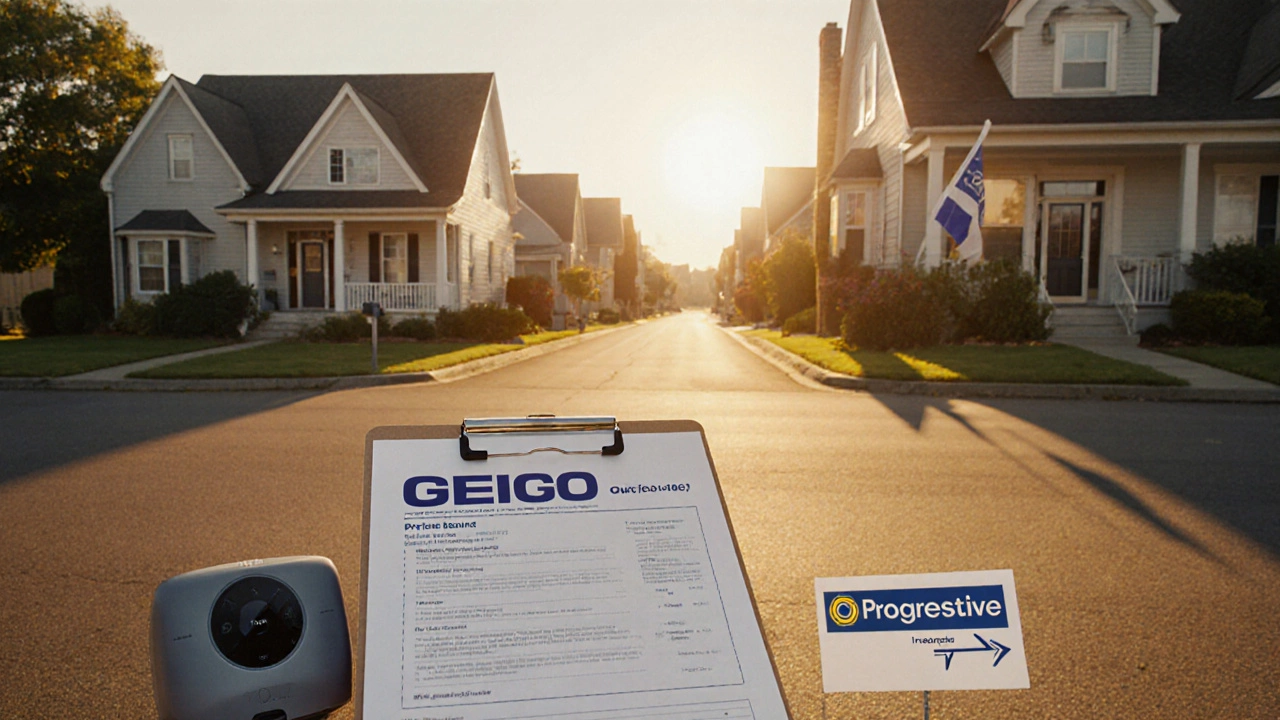Cheapest Insurer – How to Find Low‑Cost Coverage
When searching for cheapest insurer, the provider that offers the lowest premium for a chosen level of protection, you quickly realize it’s not just about a low price tag. The market mixes discounts, policy limits, and claim‑service quality, so a true bargain balances all three. Car insurance, coverage that protects vehicles from damage, theft, and liability is the most common product people hunt for, but the cheapest option varies by driver profile, car type, and location. Brands like USAA, a insurer known for serving military members and their families often undercut mainstream rates for eligible customers, showing how a niche market can drive down costs. Meanwhile, an insurance comparison, online tools that aggregate quotes from multiple carriers platform lets shoppers line‑up premiums side by side, revealing hidden savings and confirming that the cheapest insurer isn’t always the most visible one. In short, finding the cheapest insurer requires digging into price, coverage, and service – a three‑part equation that many consumers overlook.
Key Factors That Influence the Low‑Cost Offer
First, look at the policy’s core attributes. A lower premium often means a higher deductible, reduced optional extras, or a narrower coverage scope. Understanding what you actually need – whether it’s just third‑party liability or full comprehensive protection – helps you trim unnecessary costs. Second, discounts matter more than most realize. Good‑driver, multi‑car, low‑mileage, and even bundled‑home‑auto discounts can shave 10‑20% off the quoted rate. Third, the underwriting criteria such as credit score, claims history, and even the vehicle’s safety rating feed directly into the auto insurance rates you see. A clean credit file and a vehicle equipped with anti‑theft devices can push the cheapest insurer into a better tier. Finally, the claim‑handling reputation is a hidden cost. An insurer that settles quickly and fairly reduces the long‑term financial stress of an accident, which is why savvy shoppers weigh customer‑service scores alongside the headline price.
If you’re hunting for the cheapest insurer, start by gathering at least three quotes from reputable comparison sites, then drill down into each policy’s details: deductible level, coverage limits, and discount eligibility. Check whether the insurer offers a “price‑lock” guarantee if you switch mid‑year, and read recent customer reviews to gauge claim responsiveness. Once you’ve lined up the data, run a quick cost‑benefit check – does the lower premium offset a higher deductible or fewer add‑on protections? Applying this systematic approach turns a confusing market into a clear decision tree, setting you up for real savings. Below you’ll find a curated set of articles that unpack each of these steps in depth, from remortgaging advice to debt‑consolidation impacts, giving you a full toolkit to make confident, money‑smart choices.

Compare Geico and Progressive home insurance premiums, discounts, and coverage options to see which offers the lower price in 2025.
Read More